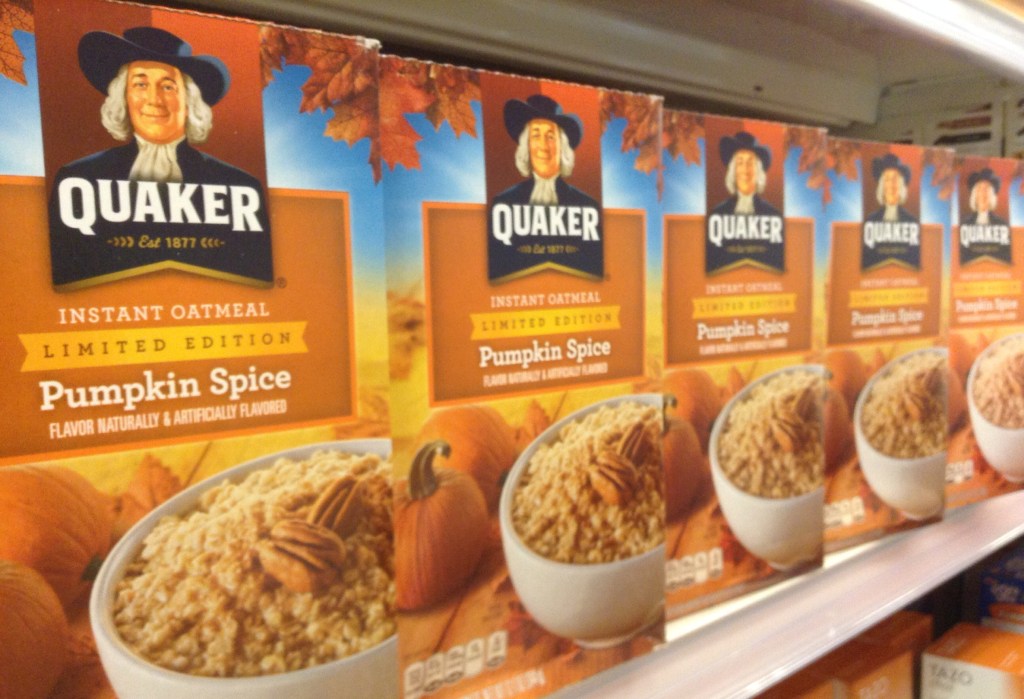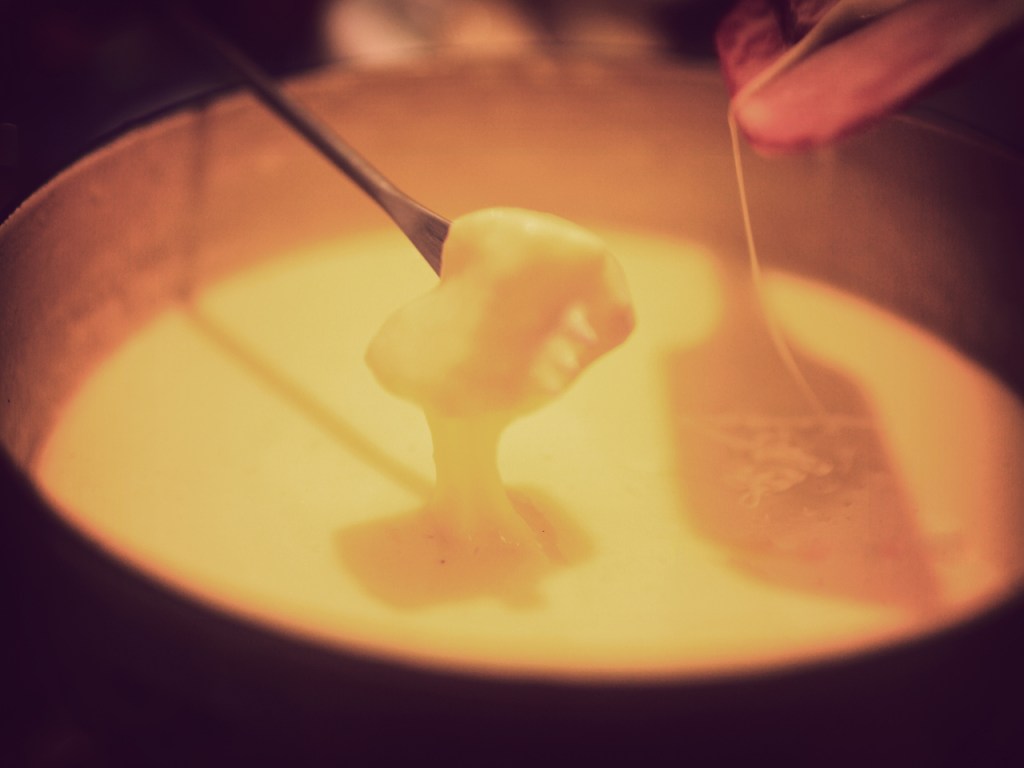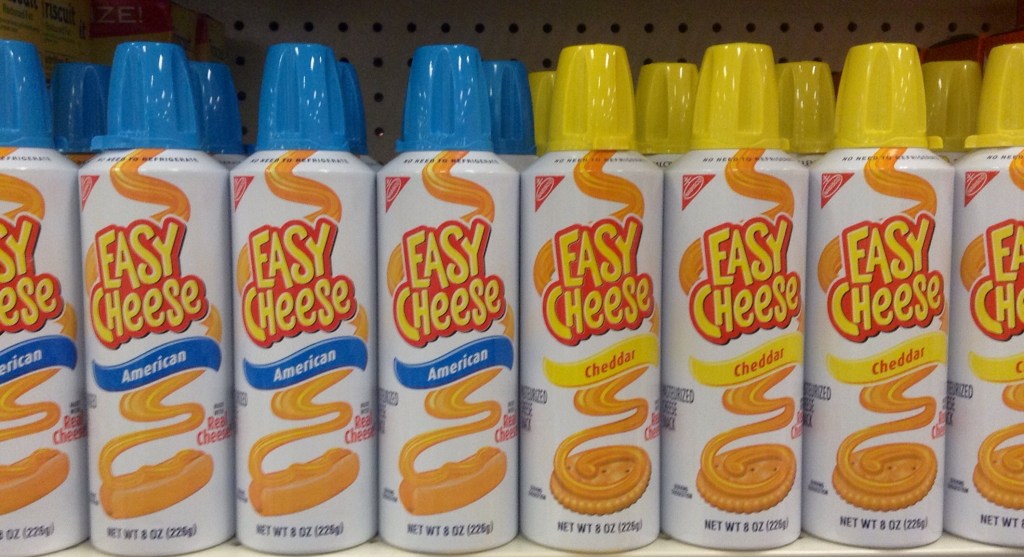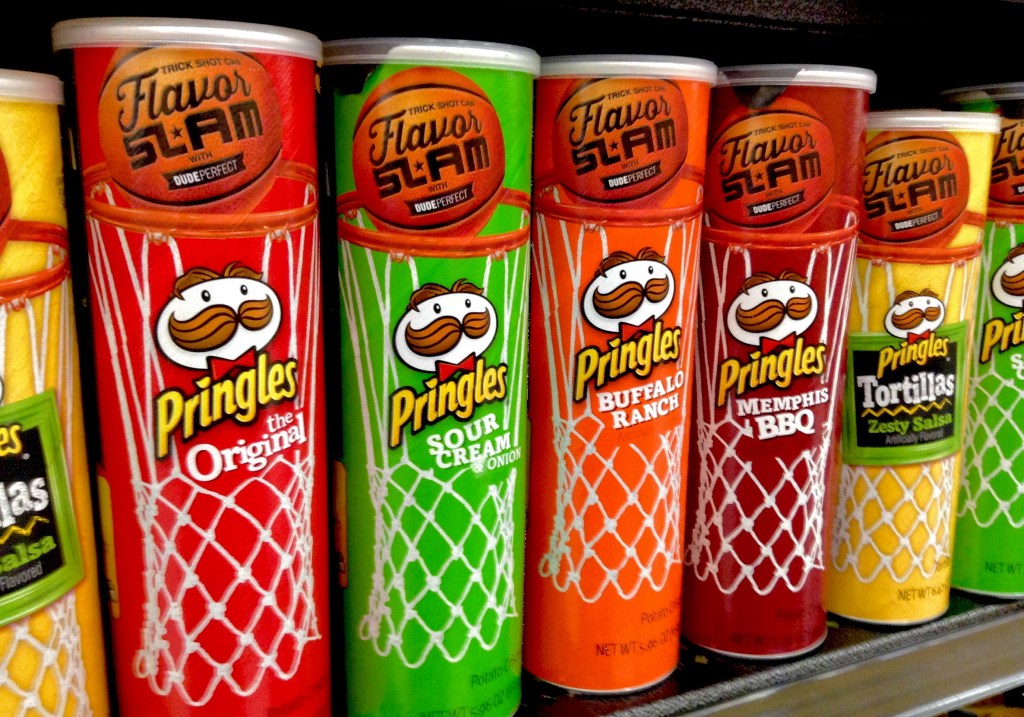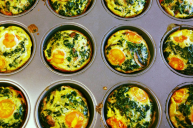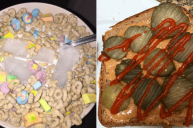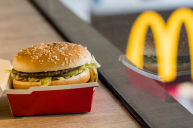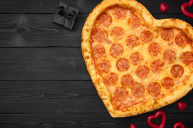The 1960s was a pivotal decade in our nation's history. We had civil rights, the Vietnam War, Woodstock, and major events in politics. But one of the brightest lights of the decade came toward the end, on July 20, 1969. On that day, three men from Earth circled our closest neighbor in outer space and two of them landed and stepped out onto the lunar surface.
Videos by Wide Open Country
If you were around for the Apollo 11 landing on the Moon, you probably remember little details about that day like what you ate while watching TV, if you were lucky enough to have one, or maybe listening to the coverage on the radio. Just like the Apollo 11 crew, who ate bacon, cheddar cheese spread, and hot dogs during the mission, the 60s food trends were all about the future.
Let's take a look back at some of the most popular and trending foods of the 1960s.
Instant Food
60s food saw many new trends take hold and none more strongly than instant food. Quaker Oats introduced instant oatmeal in September 1961 and instant mashed potato flakes made their debut in 1692. Lipton onion soup mix was first sold in 1952 and it was a hit from the beginning. In the 1960s, the mix was used to make onion dip which showed up at parties everywhere. Nestle invented freeze-dried coffee and launched the Taster's Choice brand. The future of food was "just add water."
Swedish Meatballs
Cocktail parties were huge in the 1960s (Mad Men got that right), so a lot of the popular food in the decade was fancy party food. Although Swedish meatballs had been around for years, the cocktail parties of the decade, along with the growing popularity of international cuisine, made these delightful bites one of the most popular foods across the country.
Serve this vintage recipe as an appetizer with sour cream sauce.
Recreate these 1960s food favorites for a retro dinner party!
Fondue
Fondue has something of a (sorry) cheesy reputation, but in the 1960s, it was the height of coolness. In 1964, cheese fondue was featured at the Swiss pavilion at the World's Fair held in New York and the introduction of chocolate fondue wasn't far behind. Home cooks agree veggies are way better with cheese!
Beef Bourguignon
French food reached a height of popularity in the United States in the 1960s thanks to Julia Child. Her cookbook "Mastering the Art of French Cooking' was published in 1961 and her TV show "The French Chef" premiered in 1963. It didn't take long for French food to show up in restaurants and homes across the country.
Try making her baked Alaska topped with meringue or chocolate mousse for your friends!
Chicken a la King
60s food wasn't always "new," but many dishes gained popularity because the ingredients were newly convenient. Canned cream sauces or soup mixes made fixing filling comfort food dishes like Chicken a la King easier than ever.
Pigs in a Blanket
These yummy tiny hot dogs wrapped in rolled dough are still a popular party snack. They were first mentioned in a kids' cookbook in 1957 but by the 60s, they'd morphed into cocktail party food. In 1965, Pillsbury launched the refrigerated crescent roll, which made it easier to whip up fancy finger foods for everything from brunch to a cocktail party.
Spaghetti-Os
Pasta in a can is one of the best things ever. While canned pasta had been around for a few decades, Spaghetti-Os were different. They were created in 1965 for an audience of kids, with round shapes that were easy for kids to eat and a lighter, sweeter sauce. This simple pasta kicked off the trend of convenience foods designed specifically for the younger set (and made it possible for latch-key kids of the 80s to fix their own dinner).
Easy Cheese
Cheese in a can was first invented in 1966 and sold with the tag line "Instant cheese for instant parties." Fancy cocktail parties were the norm in the decade, but that didn't mean the host wanted complicated food. Spray cheese made it simple to put together fancy-looking finger foods (and what kid wasn't delighted to spray cheese directly into their mouth after all the party guests had gone home).
Tunnel of Fudge Cake
In the 1966 Pillsbury Bake-Off, contestant Ella Helfrich took second place with her recipe for Tunnel of Fudge Cake. She used the Pillsbury Double Dutch Fudge frosting mix and a little-known baking dish called the bundt pan. The fudgey center was like nothing people had ever seen in cake form and the cake became so popular that the creator of the bundt pan had to increase production to make 30,000 pans a day. Other cake mixes, like Betty Crocker angel food cake, also made their debut in the 60s.
Cool Whip
Cool Whip is one of the most popular examples of how convenience food became integral in mid-century America. Marketing for the non-dairy whipped topping emphasized the fact that it was ready to serve, would keep in the refrigerator for two weeks, and could even be frozen, making it easier to store and transport across the country. It's also versatile — you can use it in dips, on cakes, with ice cream, as part of a fruit tray, and of course, with Jell-O.
Snack Foods
The 60s was a good decade for snack food. Ruffles potato chips and Bugles hit stores in 1964. Doritos were invented in 1968, and Pringles showed up in 1969. It wasn't all just ready-made snack food either — buffalo wings were first served in 1964 and fast food chains like Wendy's, Long John Silver's, Hardee's, and Taco Bell opened.
Pop Tarts
60s food also meant the ultimate in ready-to-eat breakfast food. Pop Tarts were first introduced back in 1964, while the sugary frosted versions we know and love hit the shelves in 1967 with four flavors: Dutch-Apple, Concord Grape, Raspberry, and Brown Sugar-Cinnamon.
Tang and Astronaut Ice Cream
Last but not least, two foods that saw a high level of popularity in the 1960s were directly tied to the American space program. Contrary to popular belief, Tang was not invented for NASA, but it was used by the American space agency for John Glenn's Mercury flight in 1962 and then in 1965 for the Gemini spaceflights. Freeze dried ice cream was invented under a NASA contract for the Apollo program, but was never used on any space mission.
Products featured on Wide Open Eats are independently selected by our editors. However, when you buy something through our links, we may earn a commission.

